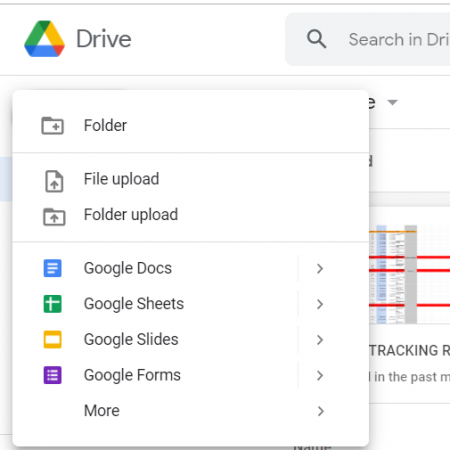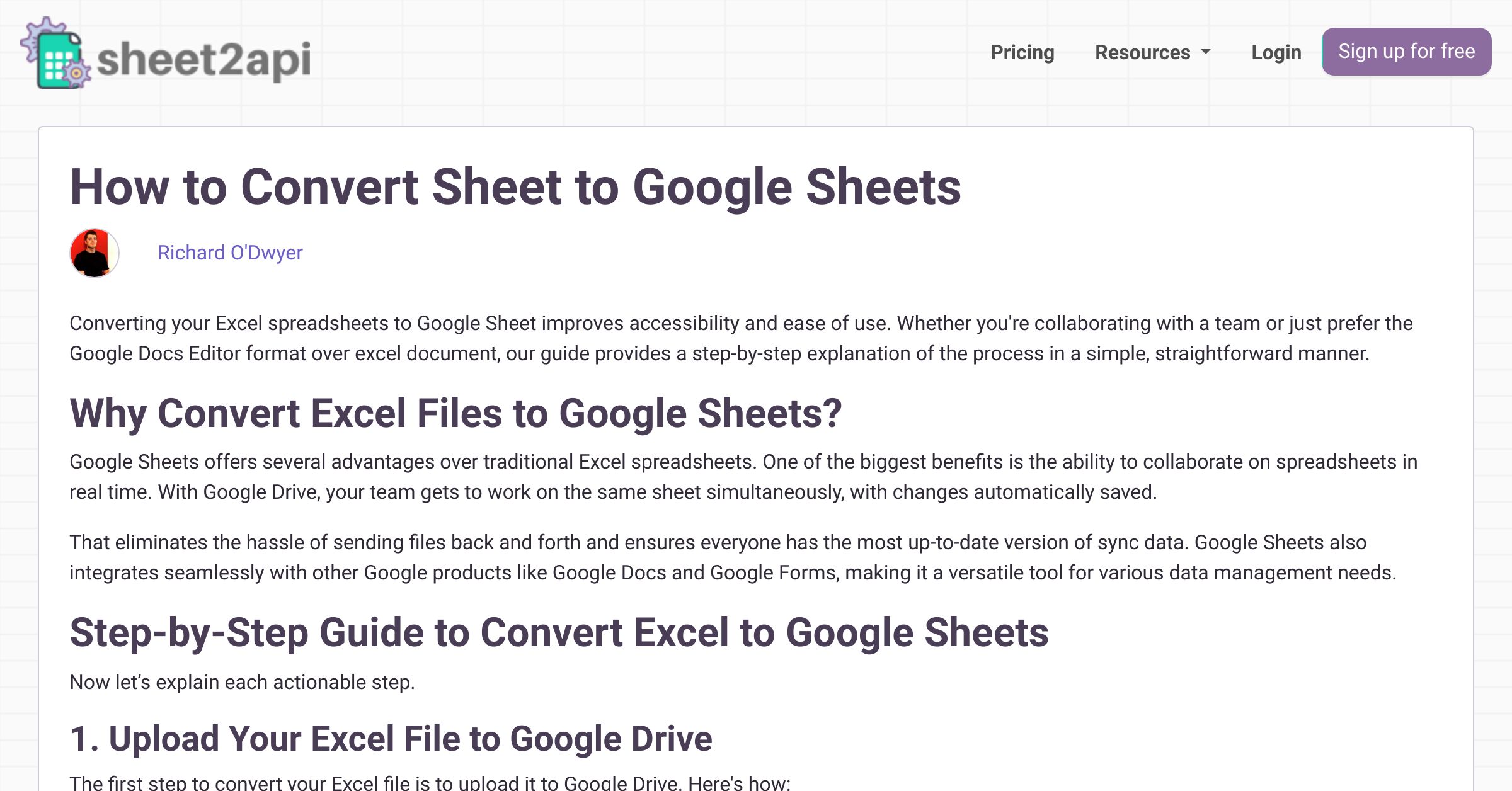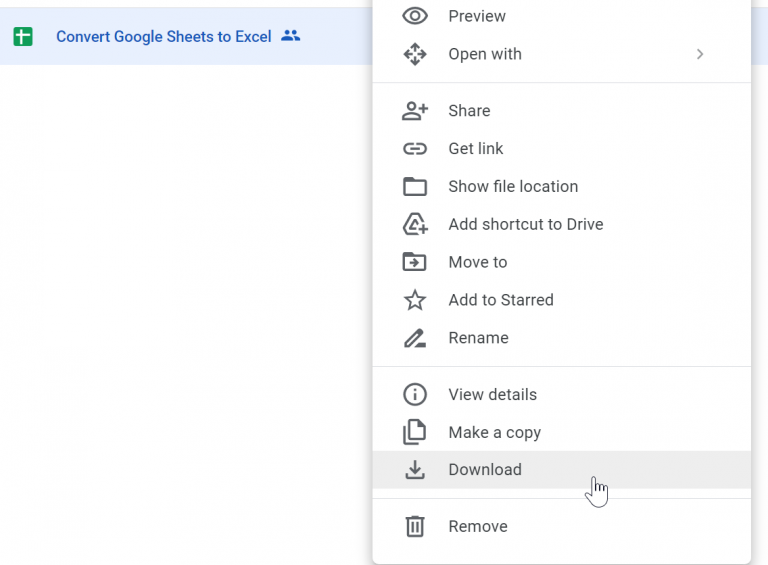Effortlessly Convert Google Sheets to Excel: Your Ultimate Guide

Are you struggling to convert your Google Sheets data into a format that you can easily edit in Microsoft Excel? If you find yourself needing to share or work on data across different platforms, understanding how to convert Google Sheets to Excel is a skill that can significantly enhance your productivity. This guide will walk you through various methods to seamlessly transfer your spreadsheet data, ensuring you maintain all the integrity and functionality of your data.
Why Convert Google Sheets to Excel?

Before diving into the how-to, let’s address why someone might want to convert their sheets:
- Software Compatibility: Not everyone uses Google Workspace, making Excel a more universally accessible option for sharing files.
- Advanced Features: Excel offers robust data analysis tools and macros that might be crucial for your workflow.
- Local Storage: Saving spreadsheets locally provides privacy and immediate access without an internet connection.

Method 1: Using Google Sheets Export Option

The simplest way to convert your Google Sheet to an Excel file is through Google Sheets itself:
- Open your Google Sheets document.
- Click on “File” in the top menu, then hover over “Download.”
- Select “Microsoft Excel (.xlsx)”.
- Your browser will download the file which can be opened in Excel.
⚠️ Note: This method will download the entire sheet. Ensure all sensitive or unnecessary data is removed before sharing.
Method 2: Using Excel Online

If you have access to OneDrive or Microsoft 365:
- Open your Google Sheet and click on “File” then “Share.”
- Copy the link.
- Go to Excel Online, click “File” > “New” > “Shared With You,” and paste the link.
- Your Google Sheet should open in Excel Online. From here, you can edit, then download as an Excel file.
Method 3: Third-Party Services

For advanced conversions or if you work with large datasets, third-party tools can be invaluable:
| Service | Description | Pricing |
|---|---|---|
| Sheetgo | Automate workflows by syncing Google Sheets with Excel. | Free plan available; paid plans from 25/month</td> </tr> <tr> <td>DocuWare</td> <td>Convert, manage, and integrate data across various formats.</td> <td>Cloud-based, starting at 9.95/user/month |

Tips for Successful Conversion

- Preserve Formulas: Ensure all formulas in your Google Sheet are compatible with Excel by manually checking complex ones.
- Data Integrity: Review your data after conversion to check for formatting, data type issues, or any missing information.
- Backup: Always save a backup of your original Google Sheets document before proceeding with conversion.
What to Do After Conversion

Once your data is converted to Excel, here are some actions to consider:
- Check for any formula errors or formatting issues.
- If you use charts or graphs, ensure they remain intact or adjust them as needed.
- Utilize Excel’s advanced features like Power Query, Solver, or pivot tables if you need them.
Converting from Google Sheets to Excel doesn't have to be a headache. By understanding the various methods and tools at your disposal, you can ensure that your data transitions smoothly, retaining all its value and functionality. Whether it's for collaboration, advanced analysis, or simply for the ease of local storage, mastering this conversion process opens up numerous possibilities for data management and analysis. Now that you're equipped with this knowledge, go ahead and bridge the gap between Google Sheets and Microsoft Excel effortlessly.
What happens to scripts or macros when converting from Google Sheets to Excel?

+
Scripts and macros in Google Sheets are not directly compatible with Excel. You will need to recreate them using VBA or Excel’s scripting capabilities after conversion.
Can I automate the conversion process?

+
Yes, you can automate the process with tools like Sheetgo or Google App Script, but setup might be complex depending on your requirements.
Is there a limit on file size when converting from Google Sheets to Excel?

+
Excel has a row and column limit (1,048,576 rows by 16,384 columns as of Excel 2007 onwards), so large datasets might need to be split into multiple sheets or files.
How do I share the Excel file once converted?

+
You can share the Excel file via email, cloud storage services like OneDrive, or directly from Excel Online by generating a shareable link.